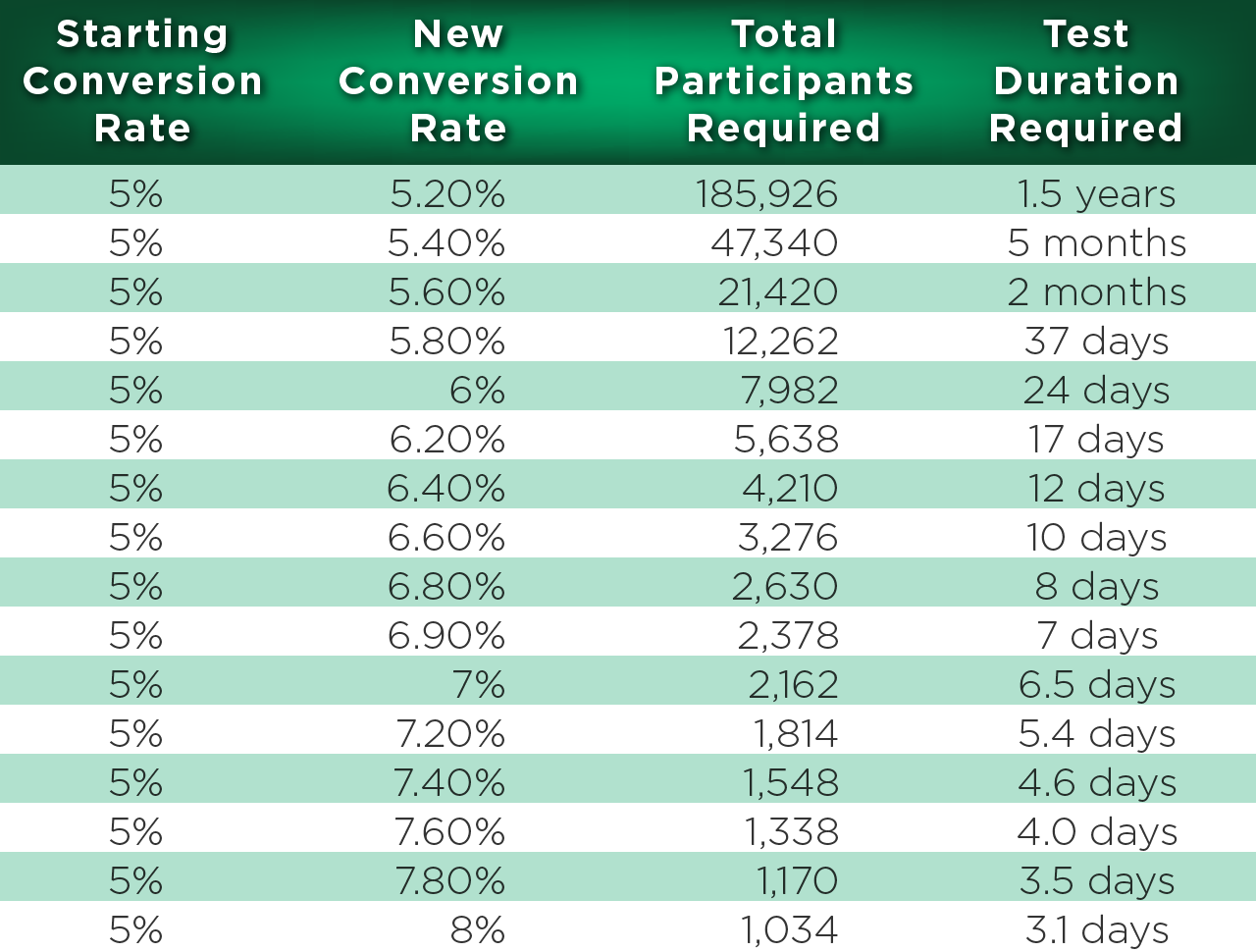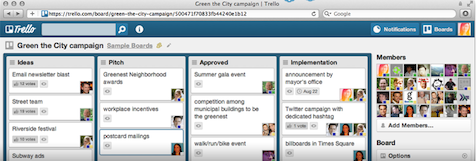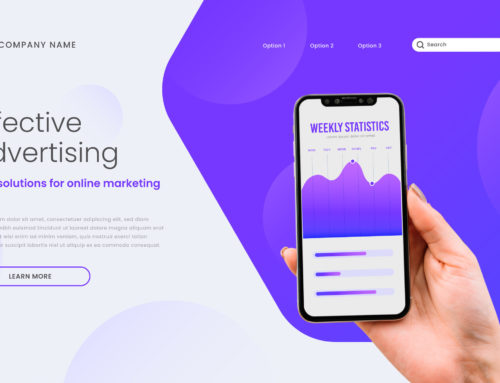A/B testing (and more broadly conversion optimization) is for many online companies the highest Return on Investment (ROI) activity that they can undertake. Yet for all of the reasons to get serious about testing, there seem to be many objections that prevent companies and marketers from getting started.
These objections are often hotly debated and hard to untangle. It’s tough to know which voices to trust with all the static and bold claims being thrown around.
Let’s take a rational approach to this debate, forget about being “right” for pride’s sake, and help you use A/B testing as effectively as possible to build your business.
It’s Time to Question Assumptions
The most common objections to A/B testing tend to boil down to two things: 1) unfounded assumptions; or 2) lack of specialized knowledge or technical skill.
By taking a look at some of the most common objections to A/B testing, you can see if any are currently holding you back. Analyzing the situation objectively will give you insight into how to use A/B testing more effectively.
10 Common Objections to A/B Testing
Here are 10 of the most common objections to A/B testing and how to handle them to get the most out of your tests:
1. You Don’t Have Enough Traffic Yet
Fair enough.
This objection is actually legitimate. If your business is still new and you don’t get a lot of traffic yet, the time you spend A/B testing could probably be better used on another area of your business.
It isn’t that A/B testing on low-traffic websites will hurt you. But unless you’re getting at least 5,000 – 10,000 visitors per month, you might be surprised how long it takes before A/B testing leads tostatistically significant results:

The solution? Spend that time driving more traffic to your site and doing qualitative usability assessments,then worry about A/B testing once the visitors are rolling in.
2. You Haven’t Found Time to Get Started
A/B testing is one of those things that businesses justify putting off until “tomorrow.” But “tomorrow” never comes because there’s always a new emergency to worry about instead.
It’s time to stop writing off A/B testing for another day. You don’t need to be a technical genius to get started; a variety of online tools have made the process insanely easy.
Try this. Head over to the Optimizely site, where you can setup an A/B test in 5 minutes (without signing up). That should give you a sense of how simple the process can be.
3. You Have No Idea What to Test
A/B testing can seem overwhelming at first glance; it’s hard to tell where to even start.
What can you do about this? A simple solution is to go into Google Analytics. Find out which of your landing pages are getting the most traffic, and then which ones have the highest bounce or exit rates.
You can brainstorm ideas why visitors might be leaving those pages and how to improve. Begin to A/B test your ideas one at a time; targeting the high traffic pages will allow you to make the biggest impact in the shortest amount of time.
4. You Don’t Know Enough About A/B Testing Strategy
You can invest a little time reading about others’ A/B testing strategies to catapult yourself ahead of your competitors.
There are plenty of free resources out there that can help you get better results. You can find out what’s working (and not working) for other people and modify their strategies to fit your business.
The Funnel Envy, Optimizely, KISSMetrics, and Unbounce blogs are great places to start. You don’t have to reinvent the wheel.
5. You Don’t Know How to Turn Your A/B Testing into A System
The best A/B testing is done over the long term. It’s continuous, systematic, and always improving.
That might seem like an impossible goal for you if you’re starting at square one, but there’s no reason to get overwhelmed.
The key is to start small. Start with a simple A/B test (it could be something like a headline on a landing page or an opt-in form) to build your confidence. Track your tests with a project management tool likeTrello or Evernote to keep everything organized. That’s how you plant the seeds to create something sustainable.

6. You Don’t Know How to Make A/B Testing More Than a “One-Time Thing”
In addition to the suggestions in the last paragraph, the best way to turn A/B testing from an occasional thing to a business philosophy is to take a gradual approach.
Adding A/B testing is like starting a new habit; it’s best to ease yourself into it and avoid getting overly ambitious. Your tests should take only 20 or 30 minutes to set up. If it’s harder than that, you won’t integrate it into your business consistently. The right tools will help.
7. You Can’t Convince Other People in Your Company That A/B Testing is Important
Getting other people at your company on board with A/B testing can be a challenge, especially if they aren’t data driven.
Your best bet for winning these people over is to run a simple test (by yourself if you have to) and win them over with the results. If they don’t respond to terms like “conversion rates,” explain what that means in terms of more customers and/or sales. It’s harder for them to argue against testing when you have solid numbers on your side.
8. You Don’t Want to Waste Time on Failed Tests
In a lot of ways, “failed” tests (when your conversion rate actually drops) provide more valuable insight than successful ones.
If you figure out what doesn’t work, you can learn to avoid those things next time around. Conversion rate optimization is ongoing; it’s a process. Short-term failures aren’t really failures at all, as long as you use them as opportunities to discover new insights into how to improve.
9. You Don’t Want to Test Minutiae
Some people think A/B testing is only useful for testing simple changes to your web pages—headlines, button colors, calls to action, and the like—but that simply isn’t true.
A/B testing can be well suited for testing minor and major changes. 37signals redesigned the homepage for their Basecamp software and increased their conversion rate by 14%. On the other hand, simply changing the color of a call to action button increased CareLogger’s conversion rate by 34%.

It’s often the little things that can make the biggest difference, but you never know until you test. That’s why it’s essential to challenge your assumptions through A/B testing.
10. You Think A/B Testing Will Kill Your Creativity
It’s understandable that you want your visitors to have an unforgettable experience when they visit your website. It also makes a lot of business sense: with an increasing number of online businesses vying for your prospects’ attention, standing out in the right way offers a competitive advantage.
You might believe that continuous A/B testing will make your website lose its unique character, forsaking creative design for bottom-line conversion. But that isn’t something you need to worry about.
It’s important to recognize the value (and limitations) of A/B testing as a tool. A/B testing helps youvalidate design ideas, not generate them. So you can still be as creative as you want, test your idea, and try other creative alternatives if your original idea doesn’t convert.
Get Started and Find Your Competitive Edge
A/B testing can be an invaluable tool in your online business arsenal.
You don’t have to be a technical wizard to use it effectively. There are plenty of tools available to help you make A/B testing a regular part of your business process.
When you continue to A/B test over time, you can develop a huge edge over your competitors. Little improvements and tweaks add up over time, and you can learn something from every test.
Do you have any other objections stopping you from A/B testing? Leave us a comment below and let us know!

Corey Pemberton is a copywriter and marketer who helps businesses get more traffic and conversions online. He loves travel, fitness, live music, and anything and everything outdoors. You can find him on his website or follow him on Twitter.






